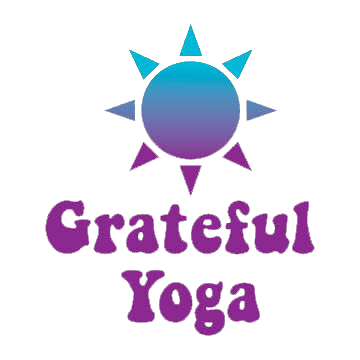Photo by Larika Mallier
you’re feeling “stuck”
you would like to let go of black and white thinking
you find yourself in unfulfilling or toxic relationships
you find connecting with other people difficult or like something is missing
your beliefs are rigid and you’d like to grow
you are ready to heal
(inspired by The Holistic Psychologist’s ‘Ego Work’)
In this current world scenario of extreme ideas and opinions. It is easy to get stuck in the notion of finding a fixed idea of the self and hanging on to it. But I recently stumbled upon this meditation that explores the idea that “...too much selfing leads to fixed identities that result in suffering if we hold onto them too tightly. It is easy for us to take our “selves” too seriously, getting stuck in self-importance that either emphasizes how bad we think we are or how great. Neither extreme is particularly helpful.”
During a low phase of my life (full of bad choices), I was stricken by words read out to me while I lay in savasana, “You are not your words, nor your actions nor thoughts. You are an expression of the life force of this planet.” These words somehow gave me permission to just be who I was and drop the self-judgement. It gave me a chance to step out of my shitty behaviour patterns and choose differently. To think that I am no different from everyone else on this planet, that gave me hope and put me back on a level playing field.
Years later, I found an article written by Mark Manson about “trying to change yourself” and it struck a chord too. “I am not a ____ person”, how many of us are guilty of having used that line to not even try to do something that our heart desired?
What is identity anyway, if not a constructed idea of who a person is?
But he best puts it when he says “Here’s the problem with using the word “change:” it gets your identity involved. And when you get your identity involved, you become really emotionally attached to imaginary things.”
What if we think of ourselves as a process that allows adding on and letting go of aspects of us over time, a slow unfolding that spans a lifetime and never really finishes? You often hear that people may not remember what you did or said but rather how you made them feel. So what’s the point of spending so much time building up this ‘identity’, ‘who we are’ and focus rather on living a life based on our values.
And what is meditation if not waking up to what is already inside of us? And in that sense, everyone can meditate even the ‘non-meditators’ ;)
Prepare-
Find a comfortable seat (on a chair or a cushion) & close your eyes or lower your gaze.
Take a moment to fully arrive in your body and into your space- observe physical sensations that arise, notice the rhythm of your breath, check-in with your state of mind.
Deep breath in through the nose, open mouth, let it go.
Meditate-
Try to answer the simple question- ‘Who am I?’ OR ‘Who do I think I am?’ OR ‘Who am I to others?’ Notice and acknowledge the thoughts/responses that come up (allowing for multiple identities to exist, it doesn’t have to be just one)
Now use any nouns or titles that came up and turn them into their verb forms. Example. I am a yoga teacher vs. I teach yoga. Try it for as many responses that came up.
Now say to yourself either quietly or out loud- “I am not my words, nor my actions my thoughts. I am an expression of the life force of this planet.” Repeat as many times as you like.
End with ‘So Ham’ pranayam/ breathing. Inwardly, hear the sound So as you inhale and the sound Hum as you exhale. You can also repeat this mantra mentally, visualising yourself breathing in and out the same air as all living beings on this planet.
So Hum = I am she/he/they/that. It means identifying oneself with the universe or ultimate reality.
Another way to use this meditation is as a tool for releasing any self-judgement towards a perceived negative behaviour pattern that you’re trying to release.
Example. “I am not a morning person” vs. “I find it difficult to wake up in the morning”
Namaste!



